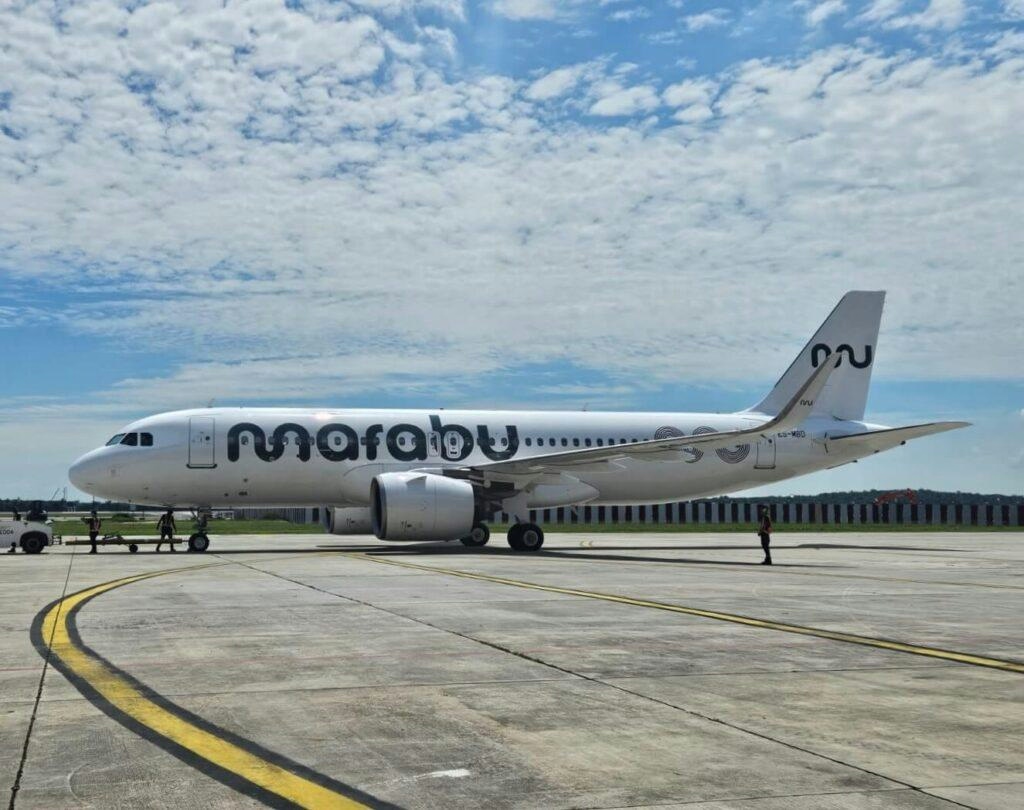
AeroGenie: Su copiloto inteligente.
Tendencias
Categories
VX4 eVTOL Completes First Piloted Wingborne Flight
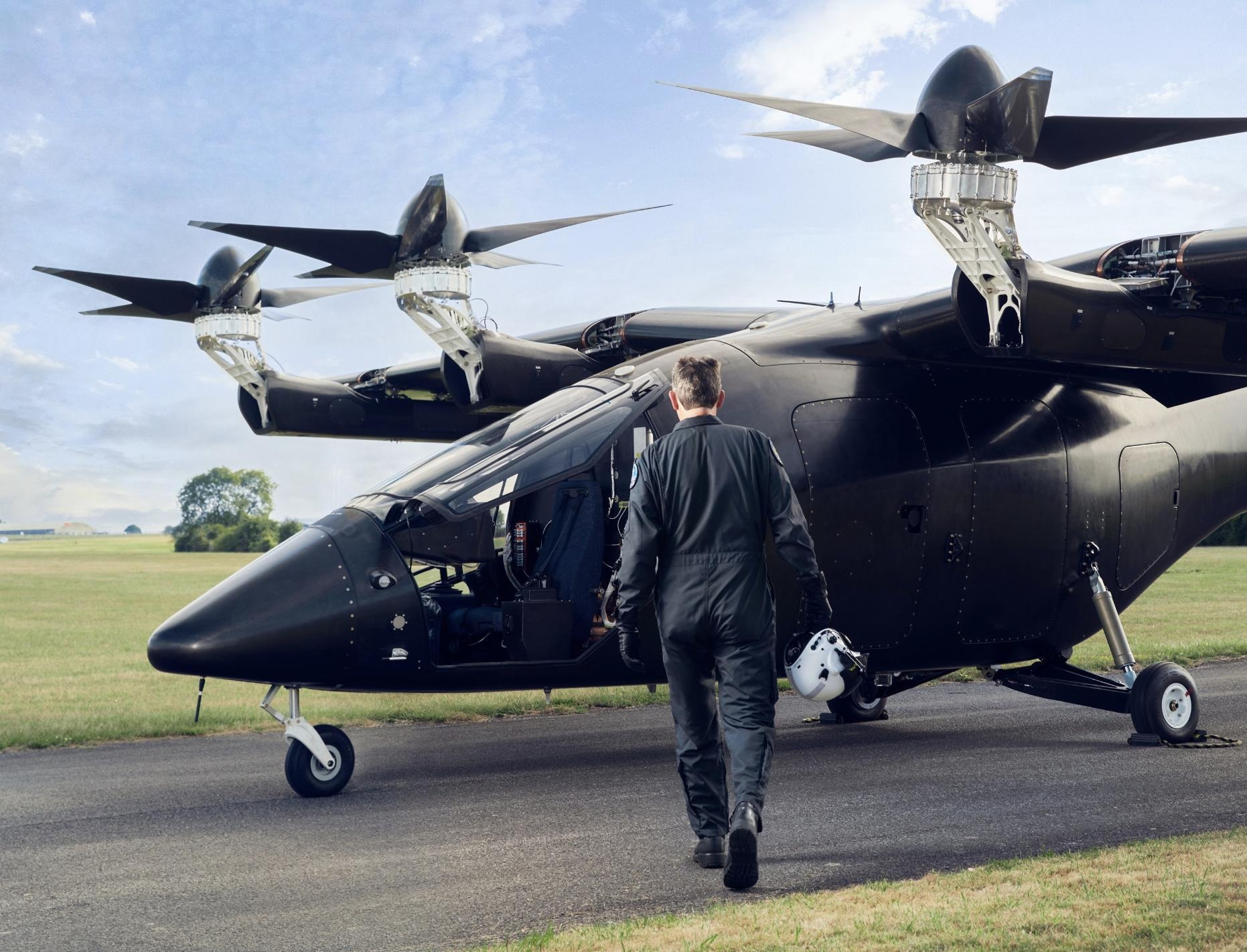
VX4 eVTOL Completes First Piloted Wingborne Flight
A Landmark Achievement in Electric Aviation
Vertical Aerospace has achieved a significant milestone in the development of electric vertical take-off and landing (eVTOL) aircraft with the first piloted wingborne flight of its VX4 model in open airspace. Conducted from Cotswold Airport and piloted by Chief Test Pilot Simon Davies, the flight demonstrated the VX4’s ability to take off, cruise, and land using wing-generated lift, akin to a conventional airplane. This accomplishment marks a crucial step forward in the commercial viability of eVTOL technology.
Following the flight, Davies praised the aircraft’s handling and design, describing the VX4 as not only safe but also highly enjoyable to fly. He highlighted its responsiveness, smooth operation, and the quiet, pleasant sound environment within the cockpit. Davies credited the success to the dedicated team behind the aircraft’s development, emphasizing the honor of piloting such an advanced prototype.
Vertical Aerospace currently stands as the sole company operating a piloted, winged eVTOL prototype under a Design Organisation Approval (DOA) granted by the UK Civil Aviation Authority (CAA). This approval is a vital precursor to obtaining a Type Certificate, which is necessary for commercial passenger operations. The CAA is working closely with the European Union Aviation Safety Agency (EASA) to ensure that the VX4 adheres to the highest safety standards required for commercial use.
Certification Progress and Industry Implications
Stuart Simpson, CEO of Vertical Aerospace, underscored the importance of this milestone within the broader certification process. He noted that achieving piloted wingborne flight in open airspace under the UK CAA’s oversight represents a critical phase in the company’s regulatory journey. Operating within the UK’s stringent safety framework means that every step of the process requires regulatory approval, effectively serving as a preliminary certification of the prototype. This approach provides a clearer and more expedited path toward full type certification.
Simpson also emphasized the strategic decision to introduce a pilot early in the testing program, stating that real-world piloted flights yield insights unattainable through simulation alone. The successful flight validates both the aircraft’s capabilities and the maturity of Vertical Aerospace’s development program as it advances toward commercial operations.
Reflecting on the experience, Davies described the flight beyond the airfield and over the Cotswolds as a career highlight. He affirmed that the aircraft’s performance closely matched prior predictions, and that the flight was a natural progression from extensive ground testing and preparation.
Challenges Ahead and Market Reception
Despite this breakthrough, Vertical Aerospace faces ongoing challenges in bringing eVTOL technology to market. The regulatory approval process remains complex and rigorous, with safety considerations paramount. Additionally, the company contends with growing competition from other eVTOL developers, many of whom may accelerate their own programs in response to Vertical’s progress.
Nevertheless, the market has responded positively to this demonstration of innovation, viewing it as a promising indicator for the future of sustainable urban air mobility. By successfully completing this historic flight, Vertical Aerospace has not only advanced its own certification efforts but also established a new benchmark within the rapidly evolving eVTOL industry.
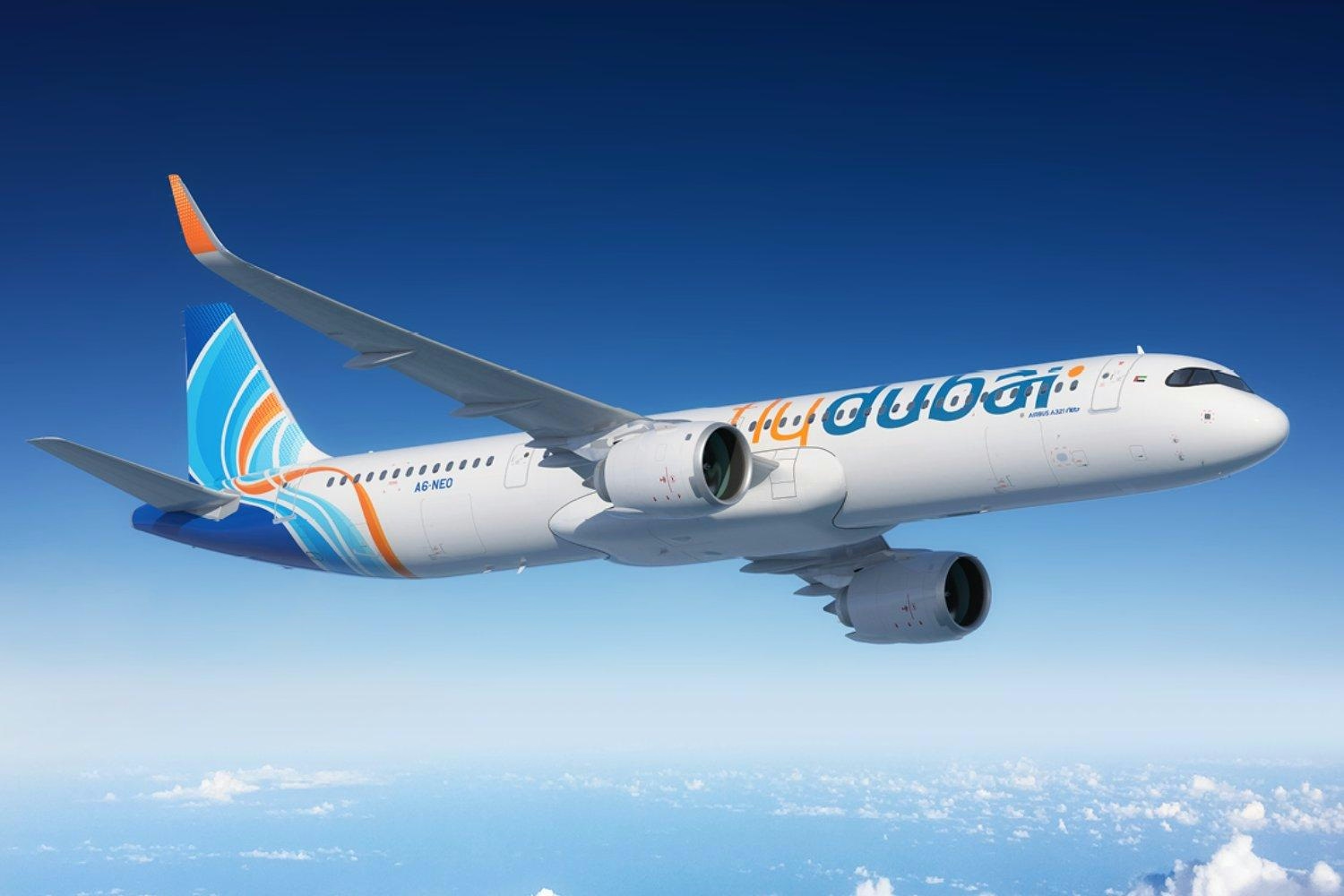
flydubai signs MoU for up to 150 Airbus A321neo aircraft, ending Boeing exclusivity
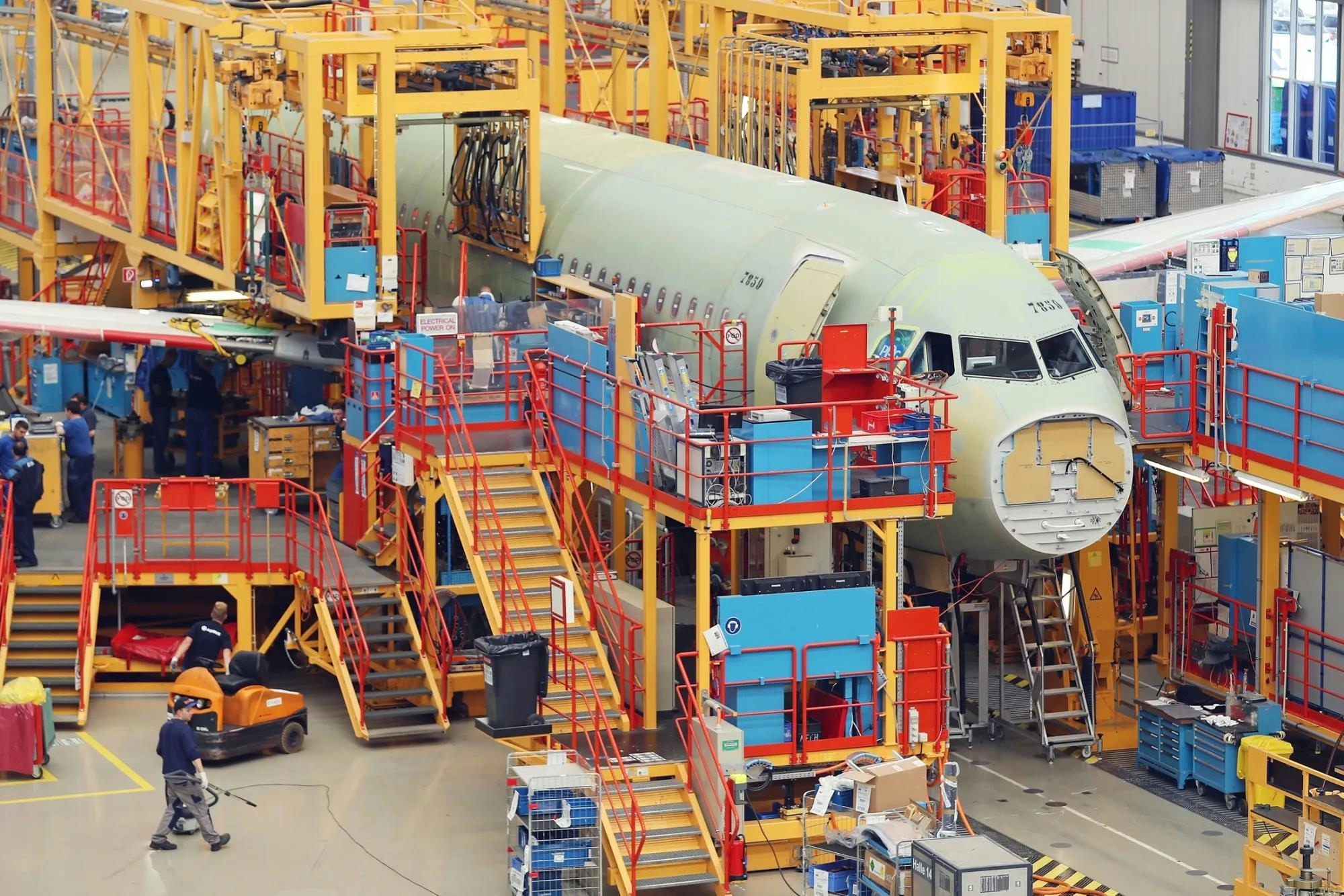
Airbus Secures New Orders from Etihad and flydubai at Dubai Airshow 2025
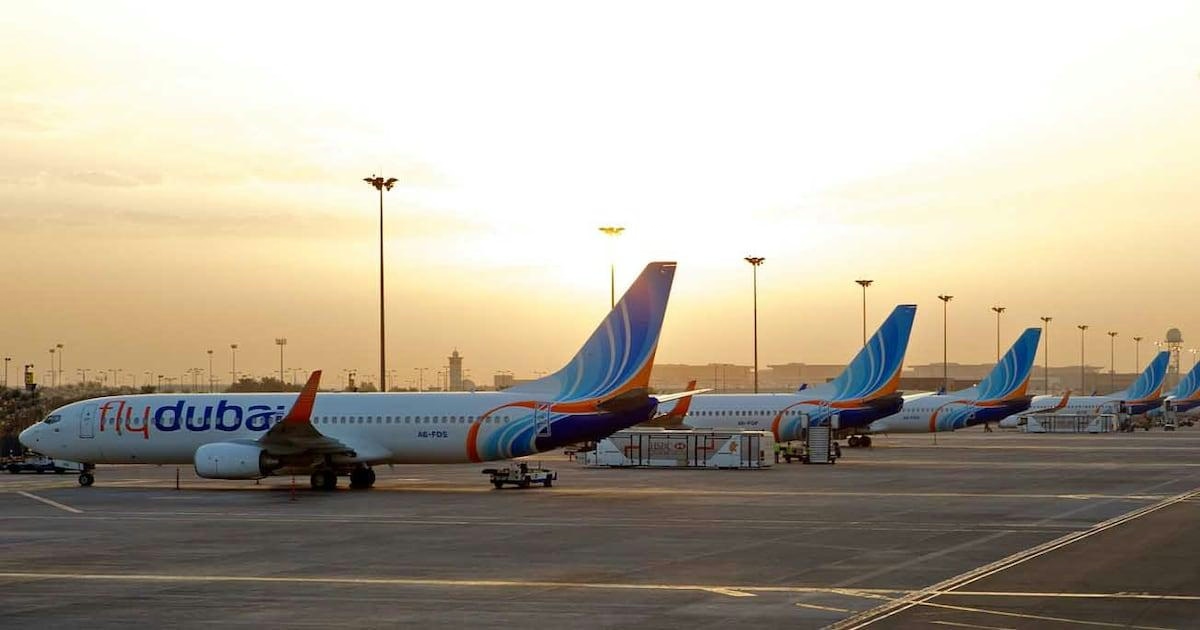
Flydubai Orders 150 Airbus A321neo Jets, Ending Boeing-Only Fleet

AMMROC and Lockheed Martin Sign Letter of Intent to Enhance MRO Cooperation and Regional Support

Emirates kicks off race between Airbus and Boeing for bigger jets
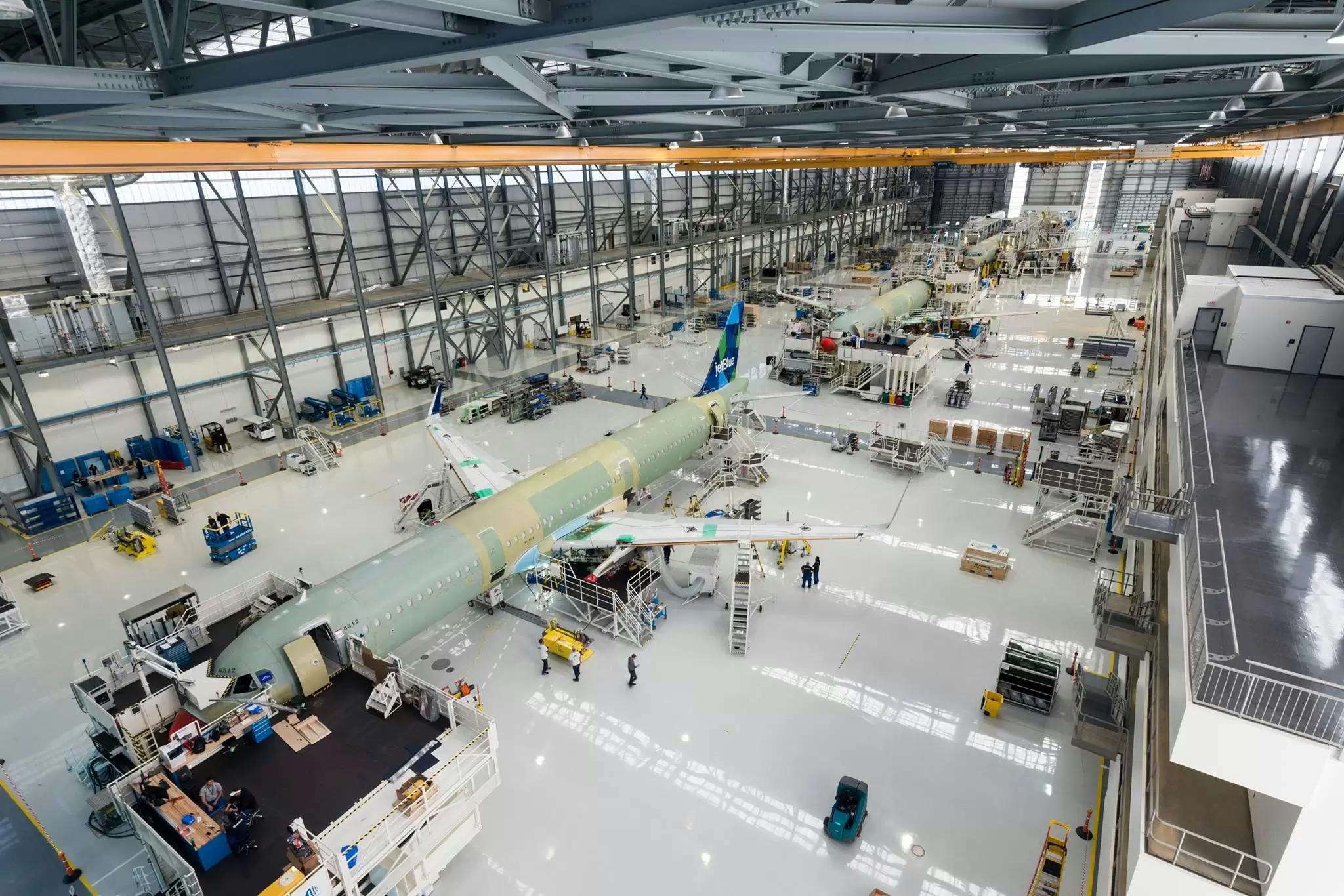
Inside Airbus’s Global Defense and Aviation Technology Hub
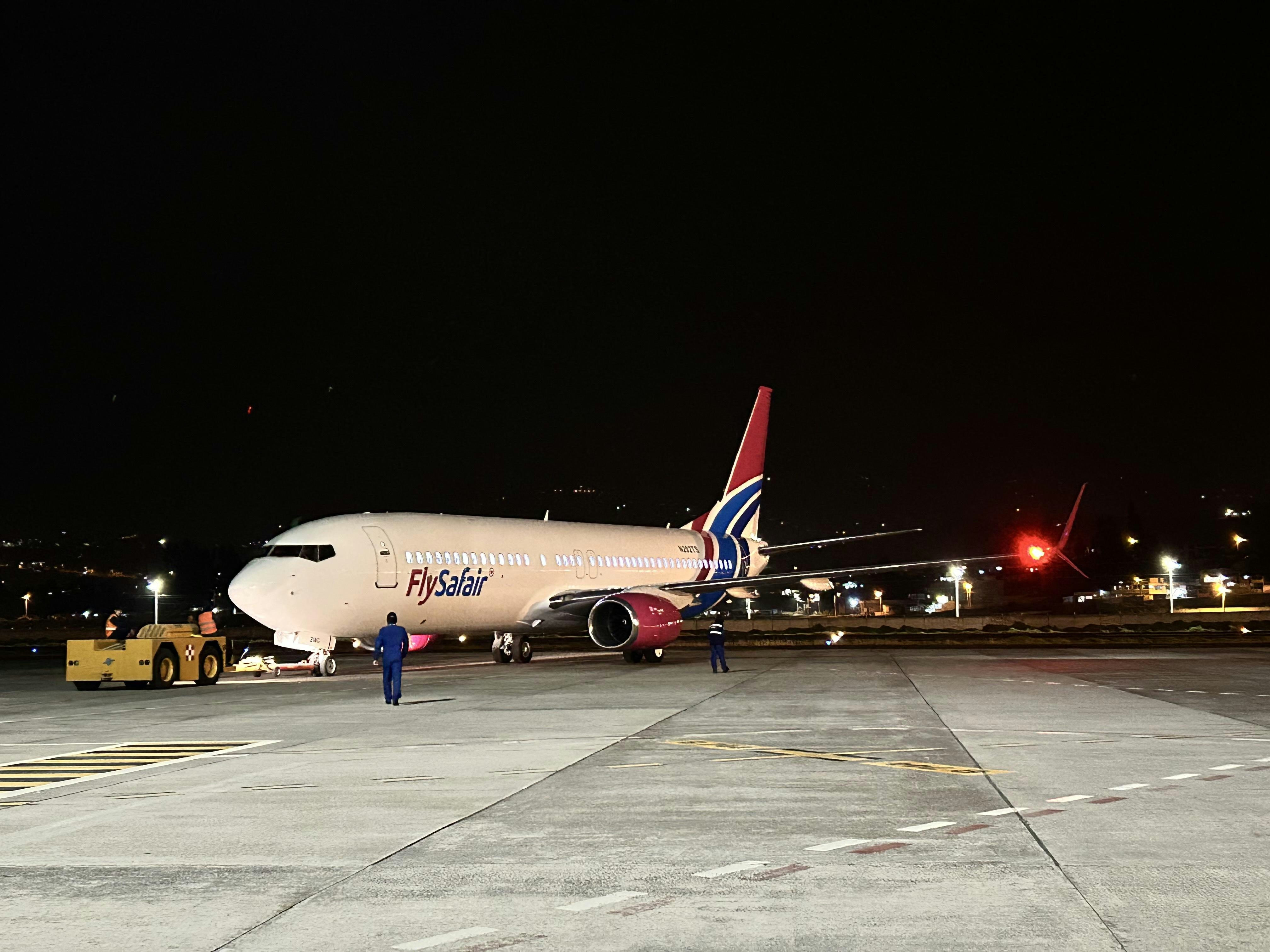
AerCap Leases Boeing 737 MAX and 737NG Aircraft to FlySafair
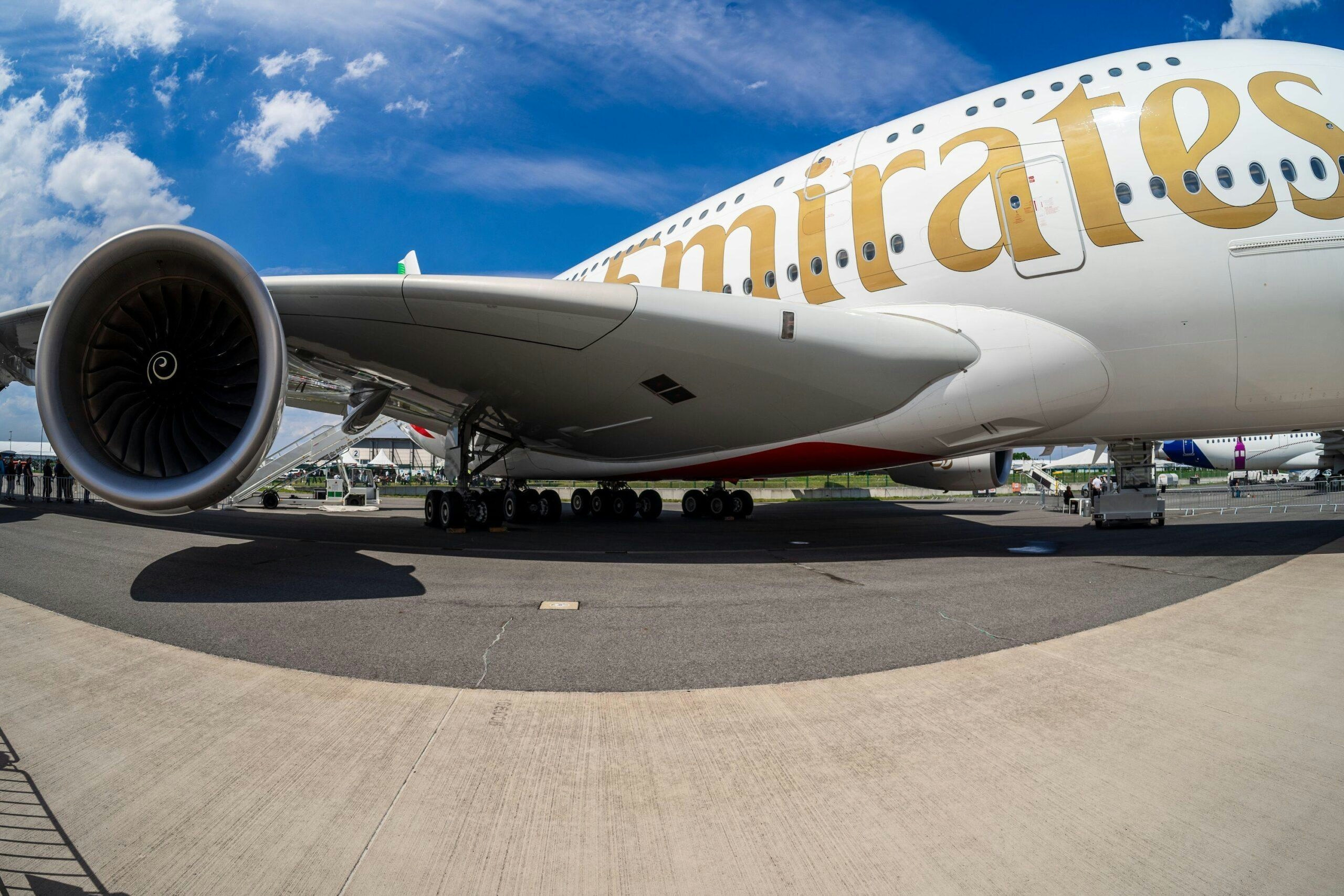
Abu Dhabi's Sanad sees opportunity in global aircraft engine crunch
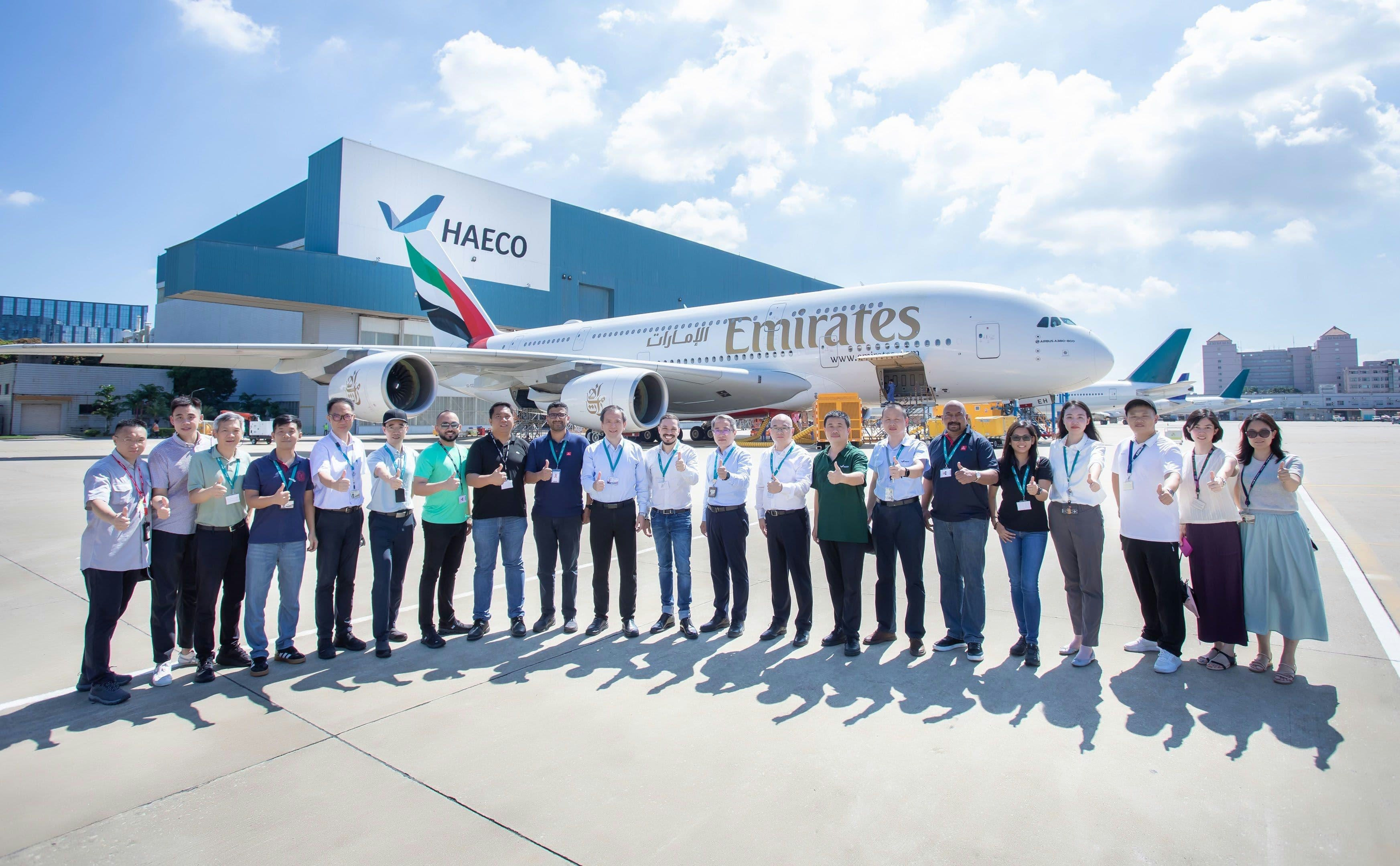
Collins Aerospace and Emirates Extend A380 Landing Gear Maintenance Agreement
